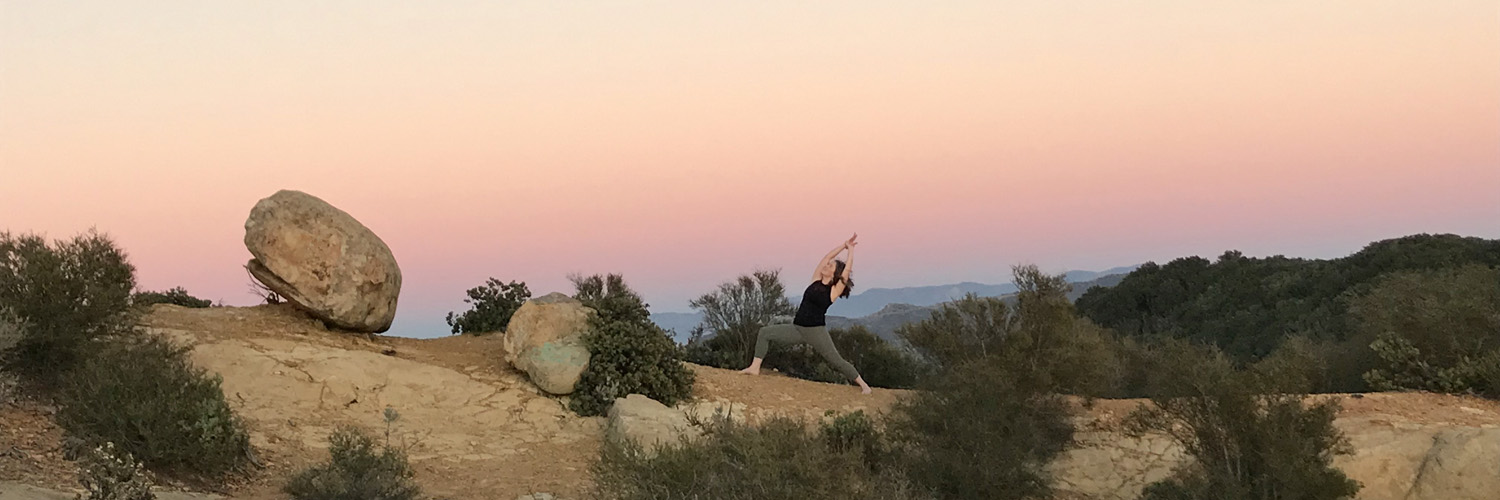Does the world seem a little bit cray-cray to you? Because it sure seems nutty to me! I’m like, “Is Mercury retrograde all the freakin’ time now?” But seriously?!?! What is going on? We won’t get into politics because we get enough of that any time we turn on the TV or log in to social media. This past new moon was freakin’ intense and it seemed as though everything went to “hell in a handbasket”… is that how that saying goes? I just wanted to chuck my phone in the trash, lock myself in my room, and never come out.
All of my woes centered around money. Miscommunications about money, people wanting money, refunds and cancelations, taxes … money money money!!!! And it sucked! Our finances and stress about finances are deeply linked to our first chakra, Muladhara. Muladhara chakra is associated with our feelings of safety, security, and survival… and in this day and age money is paramount. So instead of hiding in my bedroom and telling everyone to go away, I chose to give my root chakra a little love. I made a crystal grid for abundance and even called in the Goddess Lakshmi. It was time to do ALL THE THINGS.
Here you’ll be introduced to the qualities of the root chakra and a few practices to give your root and YOU a little tender loving care.
Muladhara Chakra
Mul – base
Adhara – Support
The chakras are psychic centers as well as centers of transformation of psychic or mental energy into spiritual energy. There are specific behaviors associated with each of the chakras. Along with our experiences, these behaviors stem from our desires and our attachment to the pleasures associated with each chakra. And our root chakra is tied up with security in job and shelter among other things.
When one’s Muladhara chakra is balanced and healthy one is grounded and calm, they have a strong foundation, they feel supported and connected, they are humble, independent, strong and healthy. They feel generous and have the power to attract abundance.
Muladhara Chakra is the abode of kundalini shakti, the dormant spiritual energy that lies coiled within the first chakra. The practices of yoga coax kundalini shakti out of Muladhara and up the Brahma Nadi. Brahma Nadi, is a spiritual energy channel within Sushumna Nadi. It is within Brahma Nadi that the chakras reside.
Muladhara Chakra at a Glance:
- Location: perineum and coccyx
- Element: Earth
- Color: Red
- Lotus: Four petals
- Bija Mantra: Lam/Lang
- Aspects: Security
- Sense: Smell
- Vayu: Apana
- Planet: Mars
When Muladhara chakra is healthy, one has self-control, physical strength, patience, discipline and the ability to “bear heavy workloads”. When out of balance, one may be obsessed with finding security (including job and shelter). This chakra is also associated with illusion, greed, anger, delusion, avarice, and sensuality. Those with an out of balance first chakra are often self-centered, cruel, and even potentially violent.
Someone who needs to work on their root chakra may find it easy to take direction from others, but not be able to find direction themselves or be able to direct others. They may be humble and respectful to those above them, but harsh to their peers and those they view as “below them”. If their security is threatened they will likely lash out violently like a cornered animal. They may struggle to care for themselves and they often need extra guidance and support.
Other signs that the first chakra may need a little TLC: one may feel like a victim (did you read paragraph two? Hello victim mindset!), be stuck in fight/flight/freeze, one may experience feelings of lack, guilt, overwhelm, anxiety and may also experience insomnia, fatigue, chronic illness or pain.
Muladhara Chakra and The Earth Element
In yogic teachings, the element earth (not the planet) is a combination of the other elements: water, fire, air, and akasha (space or void) and provides stability and security. It is the basis for our physical body, the bones, the flesh, the skin, the Nadis, and body hairs.
In Ayurveda, when the earth element combines with the water element it forms the kapha dosha, which is characterized by mucus.
The Muladhara Yantra and The Four-Petaled Lotus.
As stated in the Mahanirvana Tantra, the four petals of the Muladhara Chakra represent four different vrittis or mental modifications:
- Paramananda the state of greatest joy
- Sahajananada the state of natural pleasure
- Virananda the delight in the control of the passions
- Yogananda the blissfulness in concentration
The Bija Mantra for Muladhara Chakra
The bija mantras are sacred sounds used to invoke the divine energy within the body. The bija mantra or seed sound for Muladhara Chakra is LAM also pronounced LANG. When chanted it creates a lock at the root and prevents the downward flow of energy from Muladhara. The vibration of the chant invites Kundalini up into the Brahma Nadi and when chanted, this mantra deepens concentration, improves awareness, creates inner strength, and also removes insecurities associated with Muladhara.
Muladhara and Our Sense of Smell
Muladhara chakra, the nose and the sense of smell are deeply intertwined. Sweet smells, the smell of homecooked meals, the smell of fresh earth, and earthy essential oils like patchouli, sandalwood, cedarwood, and palo santo are wonderful scents for those working with the root chakra.
Muladhara Chakra and Apana Vayu
Apana is the Vayu that expels the semen from the male organ and urine from the sexes, it is the energy behind passing a bowel movement and that which pushes the baby from the womb during birth. Think of “down and out” as the flow of Apana Vayu.
Tips and Practices for Muladhara Chakra
Follow the yamas and niyamas.
Practice grounding pranayama techniques like Three Part Belly Breath (Deerga Swasaam), Square Breath or Nadi Shodhanda
Take care of the physical body by eating nourishing foods and getting adequate sleep.
Fears related to security, safety, and survival will need to be addressed and any real issues regarding the above will need to be solved.
Spend time out in nature. Put your hands and bare feet on the earth. Breathe the fresh air. Move slowly and mindfully.
Call in the Goddess Lakshmi.
Set an intention to heal your first chakra and create a crystal grid for safety, security, abundance, whatever needs to be addressed.
A yoga practice that focuses on slow movements, rootedness, foundational, grounding and surrendering poses will help nourish the first chakra.
A lovely practice for the first chakra could include:
- Supported child’s pose
- Malasana
- Lizard pose
- Chair pose or goddess pose
- Warrior poses
- Tree pose
- Seated forward fold
- Legs up the wall
- Savasana
Meditation on the Muladhara Chakra in the presence of the element earth develops natural health, strength in the body, and intellectual power.
In meditation, visualize roots growing down into the earth. Feel this rooted connection to the Earth. Feel the support of Pachamama, Mother Earth.
While in meditation focus on a red wheel of energy or light at the base of your spine. While envisioning this red wheel of light, Muladhara Chakra, repeat the bija mantra for the first chakra or an affirmation like: I am safe and secure. I am firmly rooted and supported wherever I am.
I hope you’ve found this blog helpful and healing. If you would like to go deeper into the chakra, please join me on a chakra inspired yoga retreat or join the newsletter, where you will receive chakra tips and advice straight to your inbox.

 Ambuja Yoga
Ambuja Yoga 









